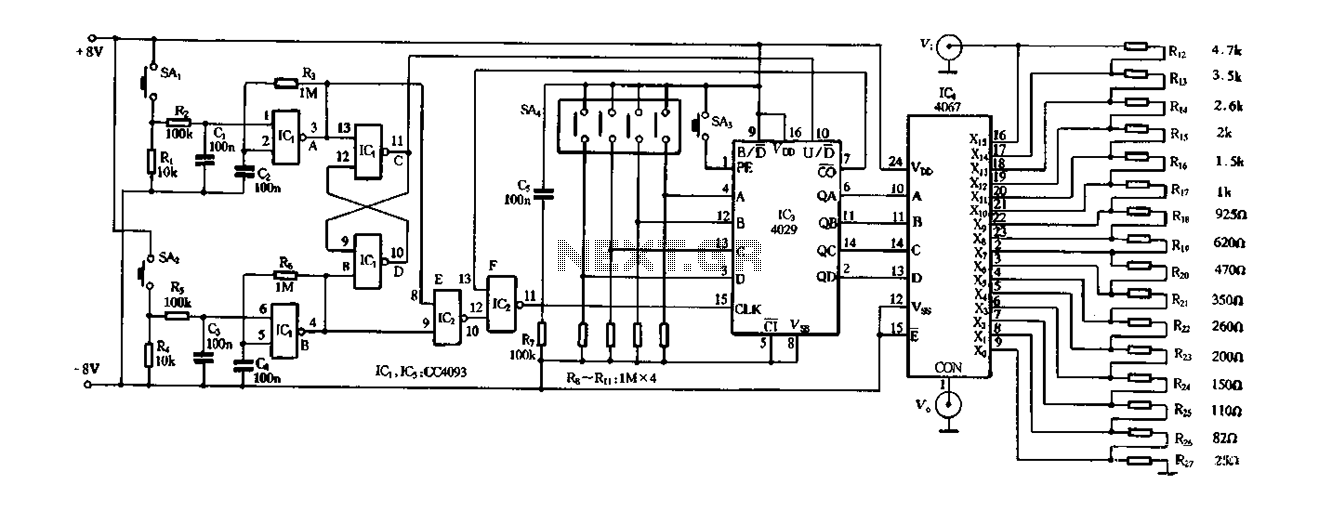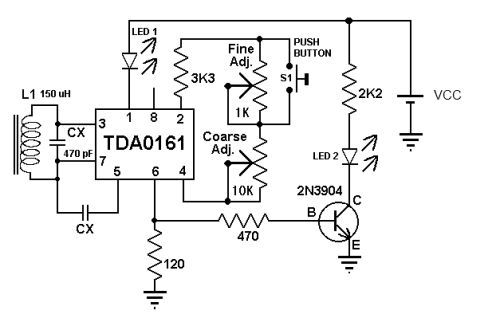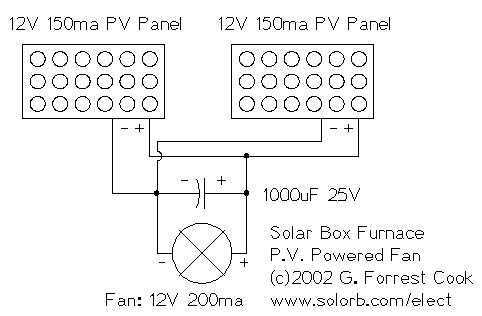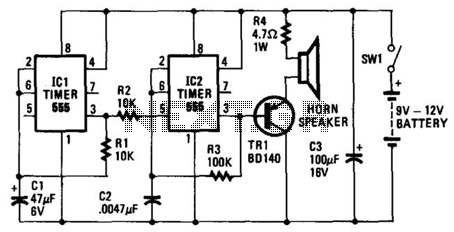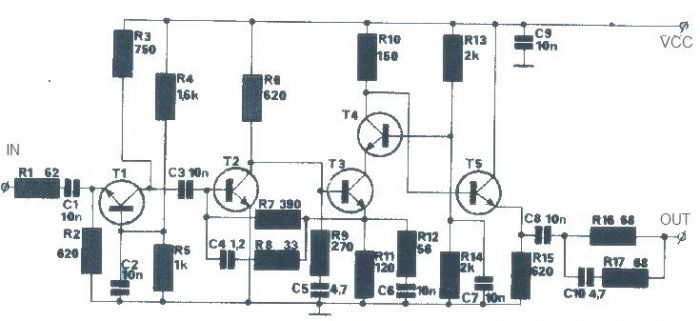
Password electronic doorbell 2
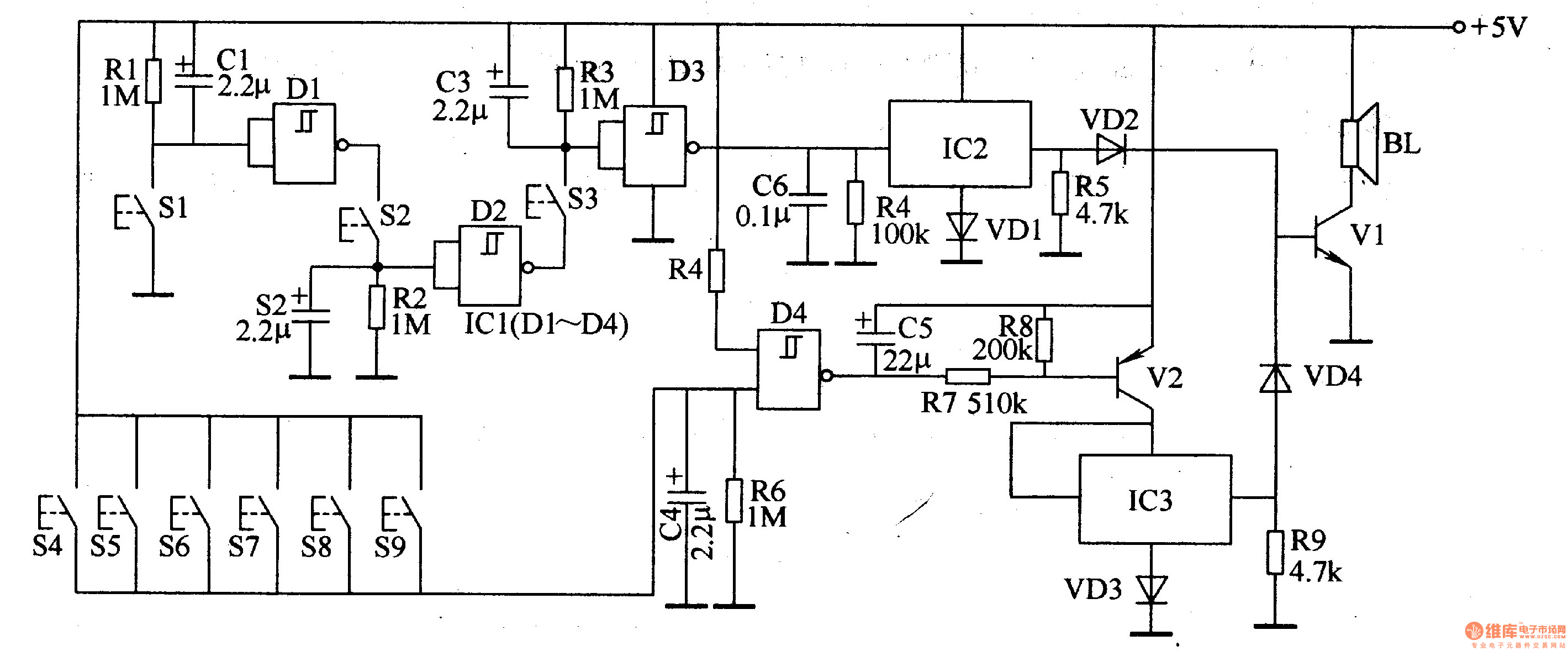
The password electronic doorbell circuit comprises a trigger circuit and a music generating circuit, as illustrated in Figure 3-119. The trigger circuit includes buttons S1-S9, four NAND gate Schmitt trigger integrated circuits (IC1), and external RC components. The music generating circuit consists of integrated circuits IC2 and IC3, along with transistors.
The password electronic doorbell circuit operates by utilizing a trigger mechanism that responds to user input via buttons S1 to S9. Each button corresponds to a specific password, allowing for a unique identification method for doorbell activation. The trigger circuit employs four NAND gate Schmitt trigger ICs, which provide a stable output signal in response to the button presses. The Schmitt trigger configuration ensures that the circuit is less susceptible to noise and provides a clean transition between high and low states.
The external RC components, consisting of resistors and capacitors, are used to set the timing characteristics of the trigger circuit. This timing can determine how long the doorbell remains activated after a button is pressed, ensuring that the music playback does not terminate prematurely.
The music generating circuit is responsible for producing the sound output when the doorbell is activated. Integrated circuits IC2 and IC3 are typically configured as sound generators, which may use techniques such as waveform synthesis or playback of pre-recorded audio samples. The transistors in this section serve as amplifiers to drive the speaker, ensuring that the sound produced is loud enough to be heard clearly.
Overall, the design of this password electronic doorbell circuit emphasizes both functionality and user interaction, providing a modern approach to traditional doorbell systems while ensuring a user-friendly experience.The password electronic doorbell circuit is composed of the trigger circuit and music generating circuit, and it is shown in Figure 3-119. Trigger circuit is composed of the buttons S1-S9, four NAND gate Schmitt trigger integrated circuit IC1 and the external RC components.
Music generating circuit is composed of the integrated circuits lC2 and 1C3, transist.. 🔗 External reference
The password electronic doorbell circuit operates by utilizing a trigger mechanism that responds to user input via buttons S1 to S9. Each button corresponds to a specific password, allowing for a unique identification method for doorbell activation. The trigger circuit employs four NAND gate Schmitt trigger ICs, which provide a stable output signal in response to the button presses. The Schmitt trigger configuration ensures that the circuit is less susceptible to noise and provides a clean transition between high and low states.
The external RC components, consisting of resistors and capacitors, are used to set the timing characteristics of the trigger circuit. This timing can determine how long the doorbell remains activated after a button is pressed, ensuring that the music playback does not terminate prematurely.
The music generating circuit is responsible for producing the sound output when the doorbell is activated. Integrated circuits IC2 and IC3 are typically configured as sound generators, which may use techniques such as waveform synthesis or playback of pre-recorded audio samples. The transistors in this section serve as amplifiers to drive the speaker, ensuring that the sound produced is loud enough to be heard clearly.
Overall, the design of this password electronic doorbell circuit emphasizes both functionality and user interaction, providing a modern approach to traditional doorbell systems while ensuring a user-friendly experience.The password electronic doorbell circuit is composed of the trigger circuit and music generating circuit, and it is shown in Figure 3-119. Trigger circuit is composed of the buttons S1-S9, four NAND gate Schmitt trigger integrated circuit IC1 and the external RC components.
Music generating circuit is composed of the integrated circuits lC2 and 1C3, transist.. 🔗 External reference
